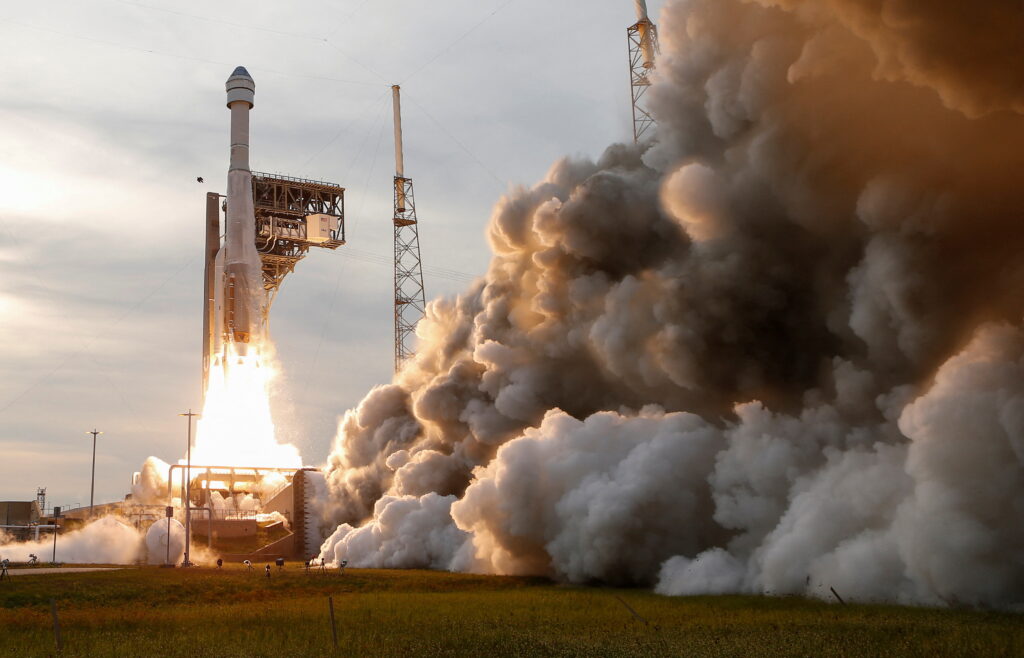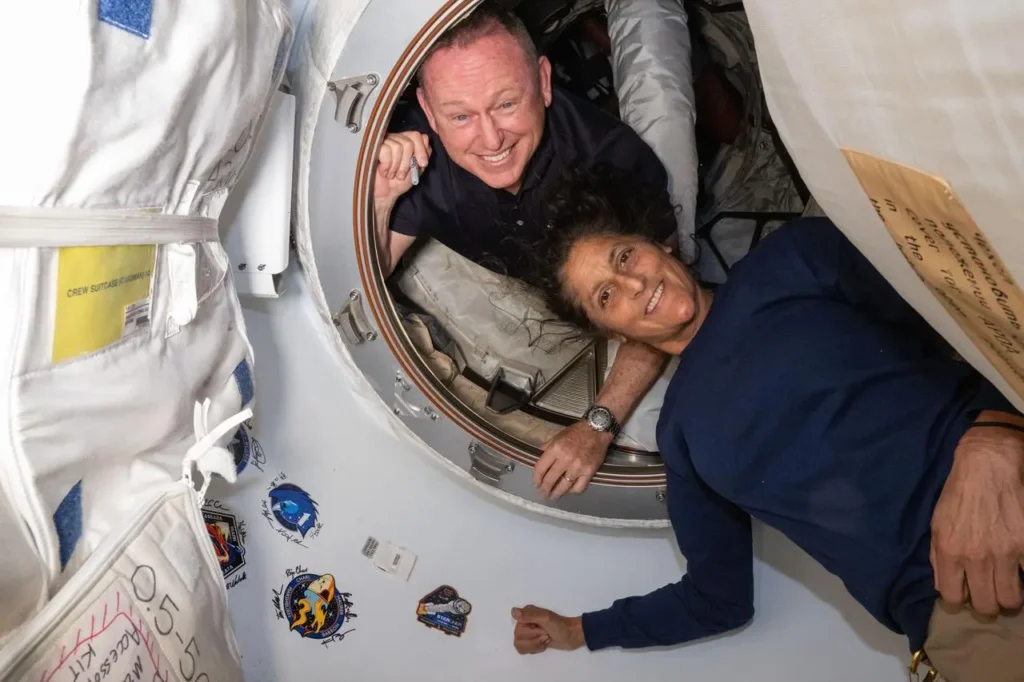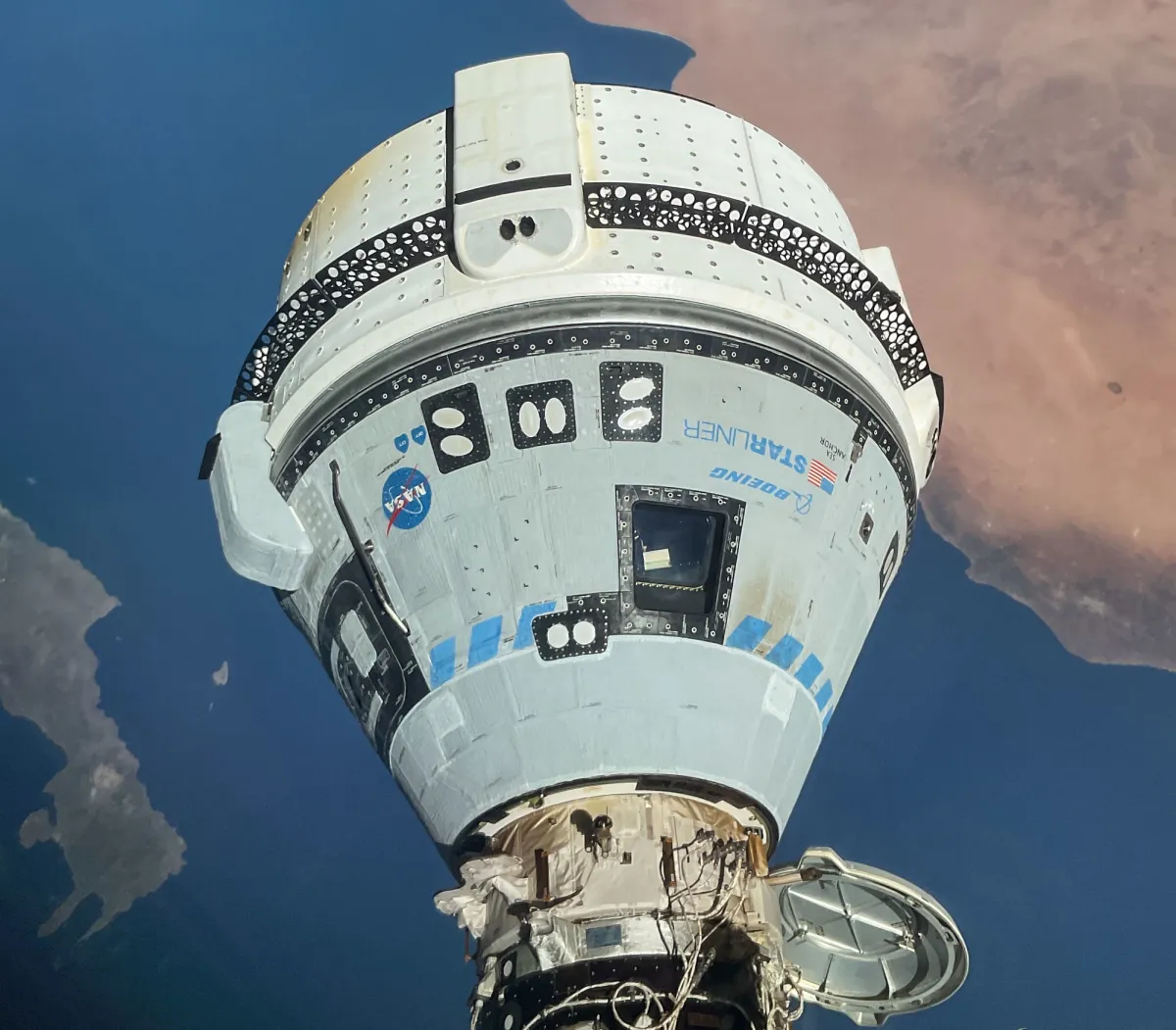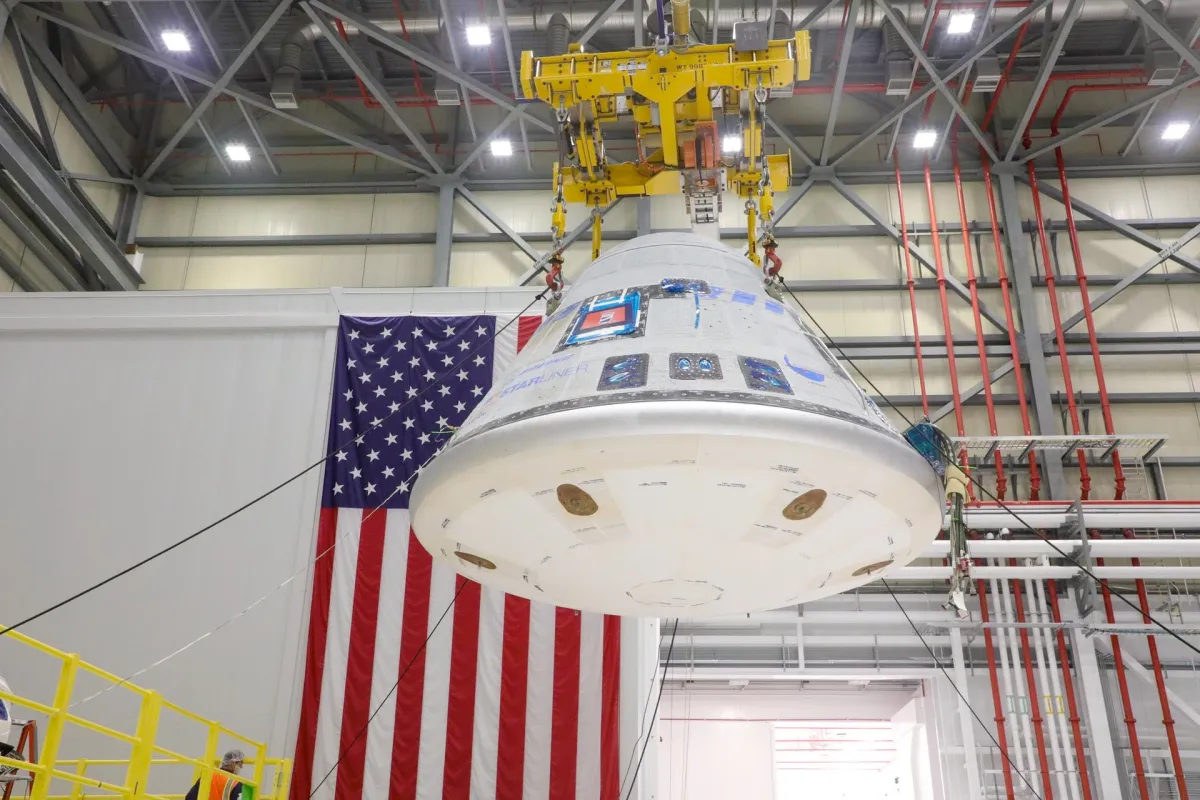The CST-100 Starliner spacecraft will return to Earth empty due to excessive risk to its crew. This was announced at a NASA press conference held on August 24.
Starliner’s technical problems
Starliner went into space on June 5. NASA astronauts Butch Wilmore and Sunita Williams were on board. Their main task was to test how the spacecraft’s systems would behave with people on board. The flight plan proposed that Starliner would dock with the ISS, spend eight days as part of the station, after which Wilmore and Williams would return to Earth.

However, during docking with the ISS, the spacecraft failed several engines of the orientation system. Later, most of them were restored, but this raised questions about Starliner’s safety.
After that, NASA and Boeing representatives began working hard to understand what exactly happened to the engines and whether such a situation could be repeated during Starliner’s return to Earth. Therefore, Wilmore and Williams’ “business trip” was extended several times.

In a series of ground tests, engineers were able to reproduce the situation with a loss of engine performance. Inspection revealed that the Teflon seal had heated up and expanded, restricting the oxidizer flow. But at the same time, engineers have not been able to fully understand the mechanism of what is happening, to ensure that during the return of the spacecraft nothing like this will not happen again.
Returning to Crew Dragon
In this situation, NASA had no other option but to resort to Plan B. On August 24, the organization’s management officially announced that Starliner would return to Earth without a crew. The spacecraft will undock from the ISS in early September, after which it will land at White Sands Test Site. The necessary changes were made to its software to accomplish the undocking without astronauts on board. In addition, the departure procedure was adjusted to ensure a faster removal of the Starliner from the station.

As for Wilmore and Williams, their initially eight-day flight would eventually stretch to eight months. They will return to Earth in February 2025 on the Crew Dragon spacecraft along with members of the Crew-9 expedition. Its launch is scheduled for September 24. The spacecraft’s crew will be reduced from four to two, making room for Wilmore and Williams.
Starliner future
This situation raises a legitimate question about the future of Starliner. Boeing has already incurred losses of $1.6 billion on this project. At the same time, the company works with NASA on a fixed-price contract. This means that Boeing covers all cost overruns at its own expense.

Unsurprisingly, rumors have recently begun to actively circulate that Boeing may cancel the contract to avoid incurring additional losses. However, according to NASA Administrator Bill Nelson, the company’s management recently assured him that it would continue to work on Starliner.
But even in this case, it is now extremely difficult to predict when exactly we will be able to see a new Starliner flight. It is obvious that making changes to the spacecraft’s propulsion system will take a long time. The company will then need to conduct a new test flight with humans. If it passes safely, only then Boeing will be able to begin contracted ISS crew rotation missions. And as NASA prepares to ground the station early in the next decade, it raises the reasonable question of whether Boeing will manage to finish the Starliner by then.


